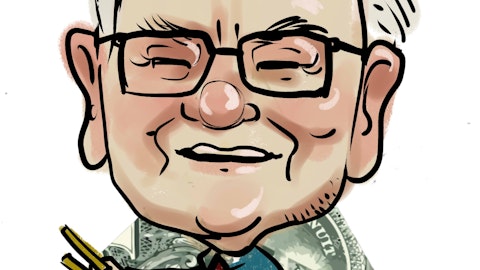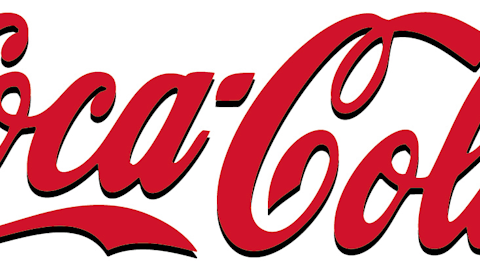Despite the efforts of First Lady Michelle Obama and New York City Mayor Michael Bloomberg to get kids and adults to lay off the sugary beverages, soda continues to be a solid market for investors, depending on what company you invest in, of course. In the decades-old rivalry between PepsiCo, Inc. (NYSE:PEP) and The Coca-Cola Company (NYSE:KO), Pepsi fails the test on many dimensions, some of which you won’t hear from many people in the industry.
A mixed bag at PepsiCo
One of PepsiCo, Inc. (NYSE:PEP)’s challenges is that it muddies the waters with non-beverage food products, which makes it difficult to do a straight-on comparison to its biggest competitor, The Coca-Cola Company (NYSE:KO). It was smart to let go of the company that eventually became Yum! Brands, Inc. (NYSE:YUM), but as long as it continues to hold onto Frito-Lay and Quaker Foods, it will continue to be held back by those diversions.
Some people are lured by its reported EPS growth of almost 20% and dividend increase of nearly 6%, but year-over-year net revenue growth has actually been down by 1%, in spite of strong growth in some of its divisions (especially in overseas markets such as Africa, Asia, and the emerging Middle East regions). Its carbonated beverage division in the U.S., however, has seen basically flat volume of late, whereas even Dr Pepper Snapple Group Inc. (NYSE:DPS) has been able to increase volume, even if only by 1%. By contrast, Monster Beverage Corp (NASDAQ:MNST), makers of various energy drinks and other beverages, has seen increases in total case volume in the high-teens.

Reading between the lines
Remember that 20% growth in EPS I mentioned earlier? You have to read a bit between the lines of the financials to see what’s really happening there. Just about all of that increase can be traced to a significantly reduced one-time tax provision. If the tax provision was changed to be the same as the previous year, PepsiCo, Inc. (NYSE:PEP)’s EPS, in reality, saw a decline. Meanwhile, other companies all posted gains in EPS, with The Coca-Cola Company (NYSE:KO) clocking in a 15% increase in EPS, 12% at Monster, and 5% at competitive Dr. Pepper Snapple. Once again, PepsiCo is clearly lagging behind other industry players.
Then, there’s the matter of stock repurchases and dividends, the ways a company returns money to shareholders. In fiscal year 2012, PepsiCo, Inc. (NYSE:PEP) gave back $6.4 billion through repurchases. But, with the 5% increase in dividends, it’s going to be buying back fewer shares this year. Perhaps even more disturbing, however, is the company’s expectation of an increase in interest expenses because of its expanding debt. This means it is borrowing money to do the buybacks, which is not a good thing when its debt/equity ratio already stands above the magical number 1 — 1.05 to be exact. That’s a lot higher than The Coca-Cola Company (NYSE:KO)’s 0.45, and Monster’s completely debt-free balance sheet. Only Dr. Pepper Snapple has a slightly higher ratio than PepsiCo with 1.2.
It will be interesting to see how much PepsiCo, Inc. (NYSE:PEP)’s ratio increases this year. But, one thing is getting clearer every passing quarter — PepsiCo’s competitive position in the industry does not appear to be heading in the right direction.



